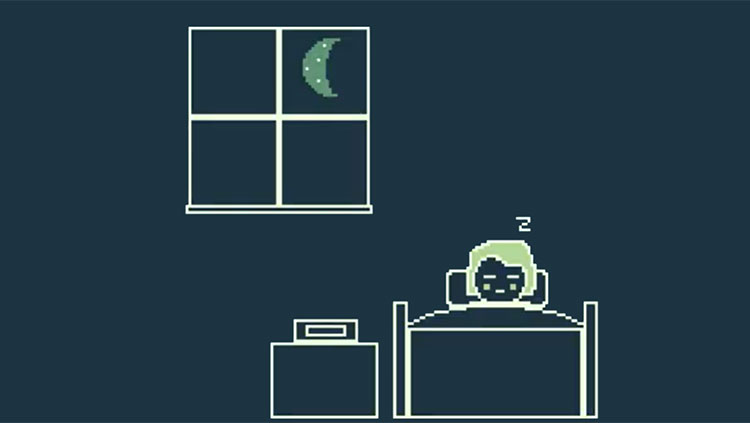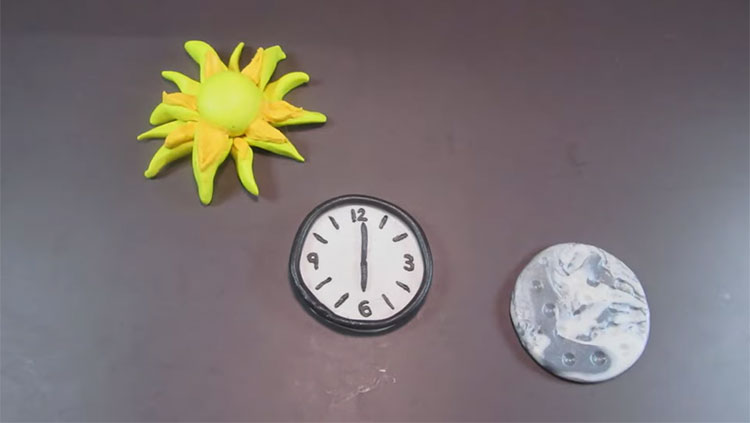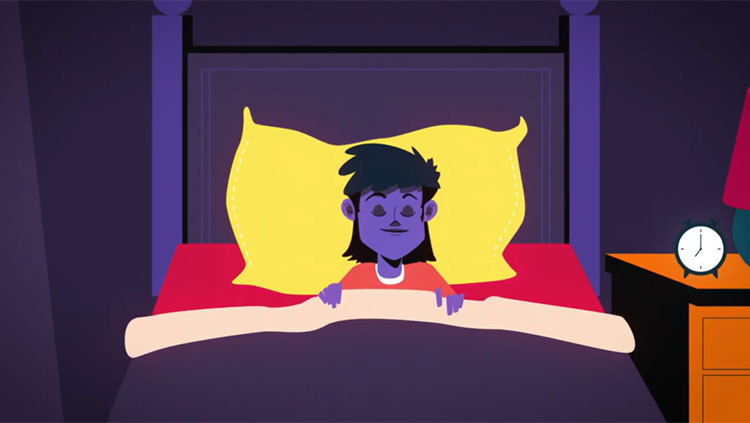What Happens While You Sleep?
- Published21 Sep 2017
- Reviewed21 Sep 2017
- Source BrainFacts/SfN
This video explains what neuroscience has uncovered about what happens while we sleep. It focuses on EEG readings during sleep and the different stages of sleep. Find out what neuroscience has uncovered about the sleeping brain.
This video was produced for the 2017 Brain Awareness Video Contest.
CONTENT PROVIDED BY
BrainFacts/SfN
Transcript
We spend a third of our lives asleep, but for a process that seems so essential to our wellbeing and takes up so much of our time, it remains relatively mysterious. What happens during the seven or eight hours a night we spend lying down with our eyes shut, unconscious to most external stimuli? Only in the last century have neuroscientists begun to uncover the mechanisms of sleep. This video should help shed some light on the knowledge that we do have about sleep.
In the 1950’s, a method of measuring electric activity in the brain called “electroencephalography” was used for the first time to understand what happens in the brain during sleep. These experiments revealed distinct stages of sleep, marked by different types of waves produced by the patterns of depolarization in the brain over time.
There are two main stages of sleep: Rapid eye movement sleep, and non-rapid eye movement sleep. Non rapid eye movement sleep can be further divided into 3 stages. The first stage of NREM sleep is the stage between sleep and wakefulness. It is characterized by theta waves, which have frequencies of 4-8 hertz *show graphic* . During this stage of sleep, some people experience hypnagogic hallucinations, seeing and hearing things that aren’t there while falling asleep. A more common phenomenon during this stage are hypnic jerks, which are basically when you feel like you’re falling or that your bed is turning and then feel a sudden jolt.
The second stage of NREM sleep has more theta waves and is a deeper stage of sleep. It also contains sleep spindles and K complexes. A sleep spindle is rapid rhythmic brain activity that may inhibit cognitive processes to help you stay asleep if there is a sudden loud noise. K complexes are thought to be responsible for memory consolidation during sleep. Like sleep spindles, they also suppress cortical arousal-but in response to more specific stimuli. For instance, if I someone poked you while you were in this second stage, you would produce a K complex, which would suppress the processing of this touch and help you stay asleep.
The third stage of NREM sleep is the deepest stage of sleep. It is called slow wave sleep because it is characterized by an EEG showing delta waves, which are much slower, with frequencies of .5-2 hertz. During this stage of sleep, it is very difficult to wake up. If you’ve ever walked in your sleep, it occurs during this stage of sleep.
Finally, there is REM sleep. It is called Rapid Eye Movement sleep because during this stage, your eyes move around rapidly beneath your eyelids. An EEG reading from REM sleep looks very similar to what an EEG reading would look like when you’re awake with your eyes shut, since external input is suppressed. It shows beta waves, which has a much higher frequency than either theta or delta waves, at 12.5 to 30 hertz.
It is during REM sleep that most of our dreams take place . Although your brain is very active during REM sleep, your body is paralyzed, which is what prevents you from acting out your dreams. REM sleep is called paradoxical sleep for this reason- while your brain is very ‘awake’, your body is completely paralyzed. We progress through the stages of sleep in this order: *show: N1-N2-N3-N2-REM-N1*, returning to N2 sleep before entering REM sleep, and then returning to the beginning of the cycle. Each cycle lasts about 90 minutes, meaning that during 8 hours of sleep, you go through this cycle roughly 5 times. This cycle isn’t static, however. Throughout the night, the amount of time within the cycle spent in the REM stage increases. Even though sleeping may seem effortless, it takes a lot of coordination for your brain to help you fall asleep and stay asleep.
Also In Sleep
Trending
Popular articles on BrainFacts.org

















